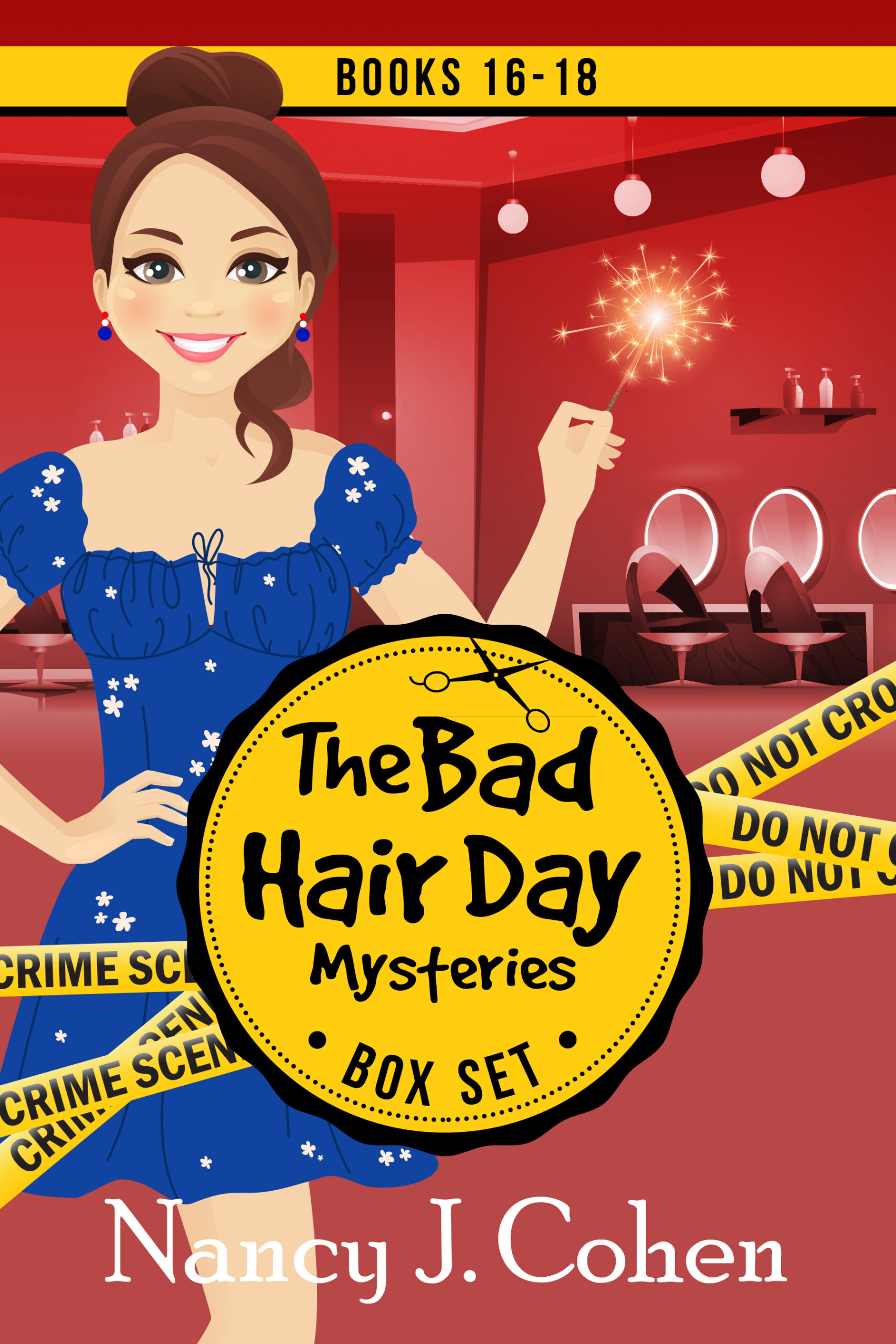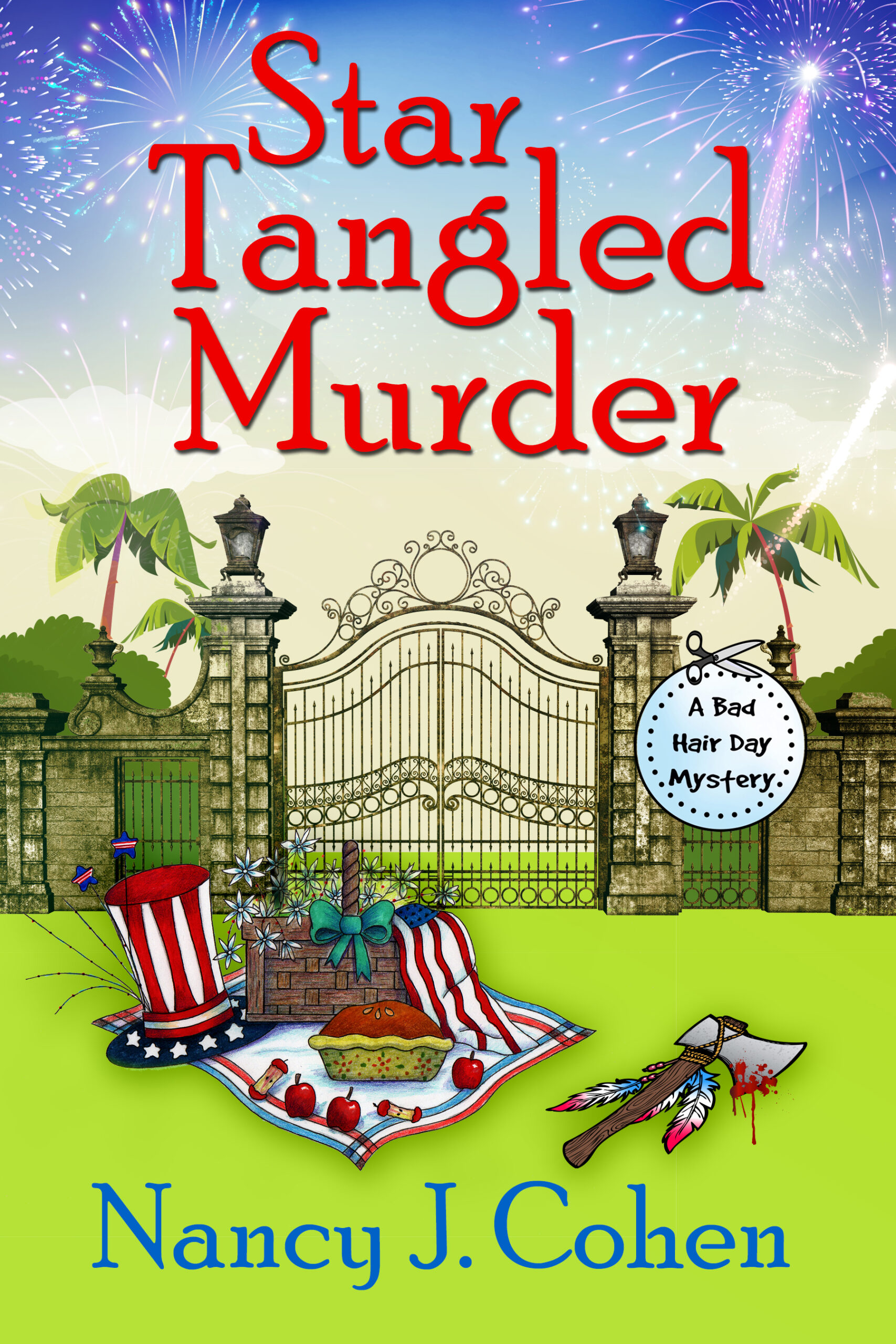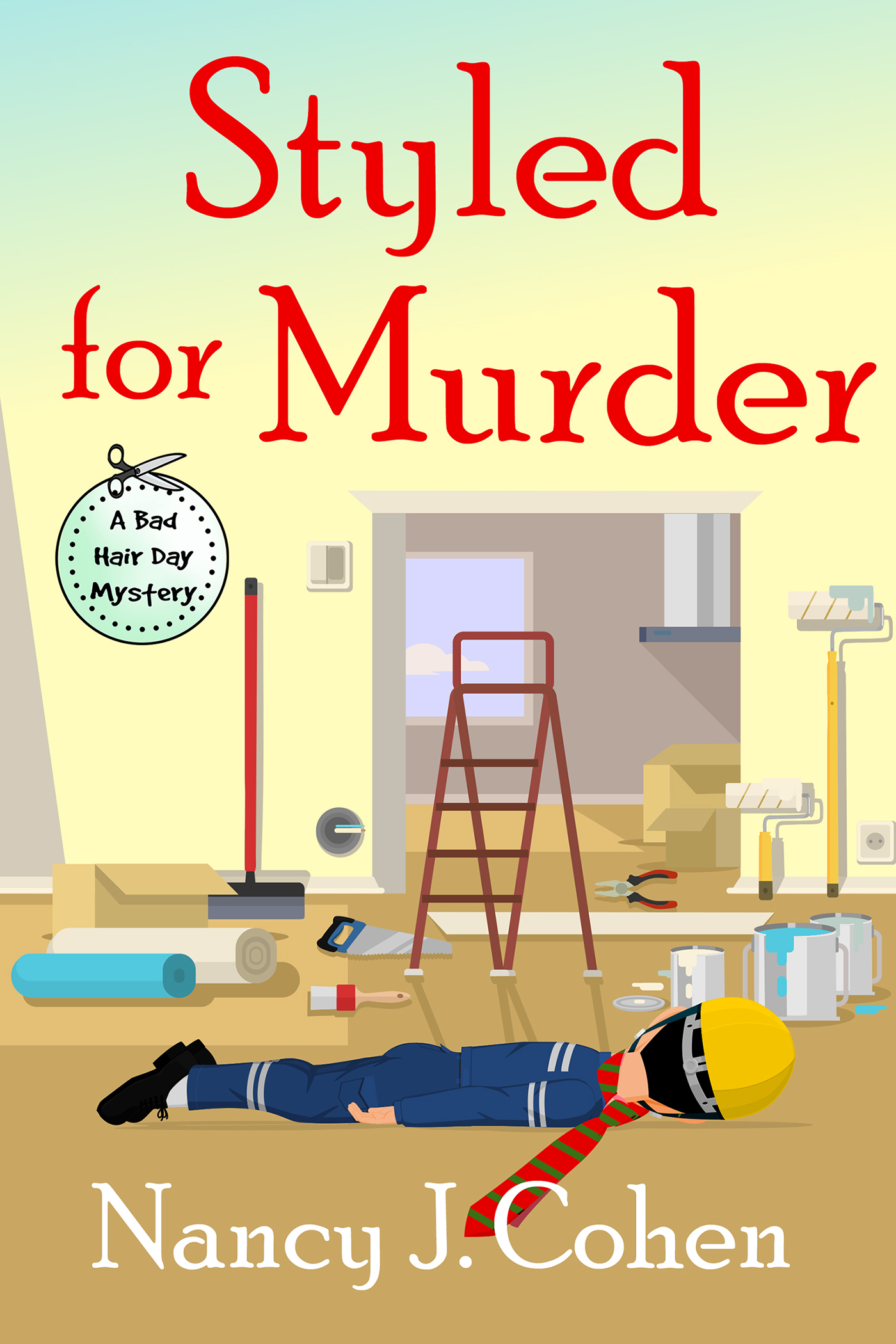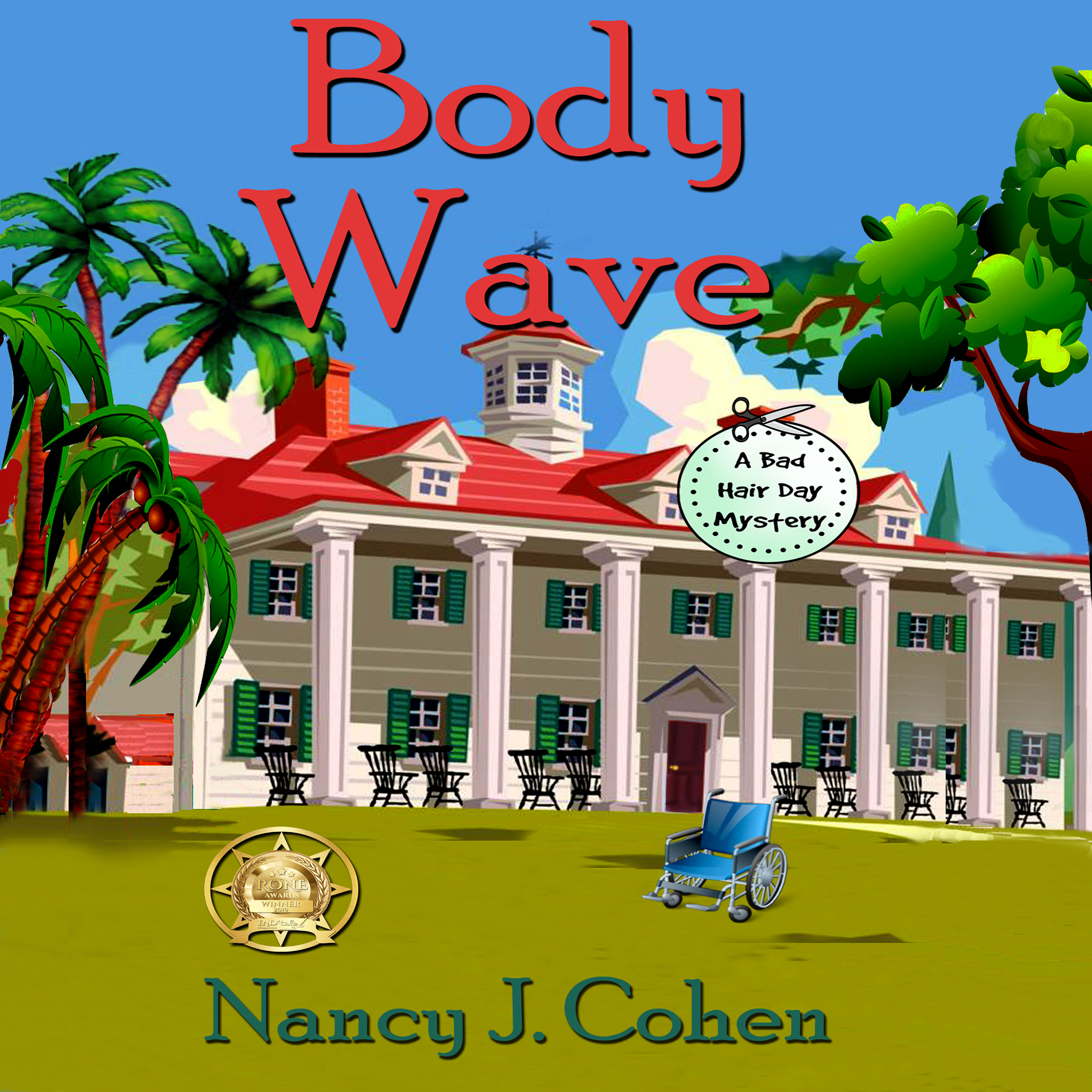Independence of the Seas
December 12, 2009
8 nights to St. Maarten, St. Thomas, San Juan, and Labadee

Sorrento’s, also on the Promenade on Deck 5 forward, serves pizza and mini desserts like tiramisu. They put out antipasto in the evening that can be a nice appetizer. Like the Café, the food here is free and included in your cruise price. Also on the Promenade you’ll find the Vintages Wine Bar with a sophisticated selection of wines and wine flights, but the menu tends to be pricey and confusing. The Dog & Badger Pub focuses more on ale but wine choices are more reasonable. People are allowed to smoke in a section here and the smoke drifted our way, making us disinclined to linger. We didn’t note any food menu in either of these lounges but then we didn’t ask for one either. Ben & Jerry’s has a shop on the Promenade, but why pay for ice cream when there’s a free frozen yogurt machine outside on the pool deck?

Up on Deck 14 is the signature Crown Viking Lounge, here called the Olive or Twist. Nice dance music here during evening hours. Daytime it’s a great getaway if you want solitude and a terrific view of the pool deck from up high. I may add that unlike other ships, you cannot sit outside and enjoy a view of the ship’s wake on the Independence, nor is there a lounge where you can enjoy a view of the ship forging ahead. Too much of the focus is on the interior Promenade, including evening parades and street parties. The Schooner Bar is a quieter spot but they often have trivia contests. Production shows occur in the Alhambra Theatre which has adequate tiered seating. The Pyramid Lounge at the opposite end holds art auctions and other events. There doesn’t seem to be any nightly entertainment other than the main show, shown twice at 7pm and 9pm. The Labyrinth is a disco but sometimes was reserved for private parties. There were no late night comedy acts like on other ships unless I missed notice of them.

A few other items were missing too, that used to be provided in the past. Chocolates on our pillow at night. Lotion in the bathrooms. All we got was bar soap and a shampoo dispenser in the minuscule shower.
The soundproofing was excellent in our cabin. Maybe we lucked out and had quiet neighbors, but we didn’t hear anyone next door. Our cabin was a comfortable size with a couch and console but limited storage space. The drawers are small, and only one tier of shelves fits into the closet. At least there were plenty of hangars. The shower is impossibly small and shaped like a round sewer cover. Ladies, forget shaving your legs in there. I suggest you bring an electric razor, preferably battery run. This applies to the sister ships as well. The shower doors kept the water contained very well and function much better than an old-fashioned curtain. There’s a European style hose spray that can be awkward until you get the hang of it.
Our balcony room gave a wonderful view, while a clear glass barrier under the railing guards against accidents. Cloudy glass partitions on either side of the balcony separate neighbors. Two chairs and a small table are provided. We heard the whoosh of waves in our room even on deck 8. Our room was towards the bow, starboard side forward. The bedding was very comfortable, hotel style white comforters, two pillows, cushy mattress. Flat screen TV by Samsung hung on the wall. A hair dryer is provided. Suitcases fit under the beds for storage. Bring a small packet of antiseptic wipes so when you first arrive, you can wipe down all door handles, tv remote, telephone, and light switches. People were ill on this cruise with symptoms of Norovirus. Load your purse and pockets with hand sanitizer and use it religiously. Hand sanitizer dispensers are located at each bar and eaterie and at the computer station but carry your own and don’t touch your face at all until you’ve washed your hands.

The weather in December was warm for our voyage. The ship isn’t freezing cold inside like some others so long sleeves can make you hot, although I was comfortable in the evenings with my dressy wardrobe. We had two formal nights and the rest were casual.You have your choice on this ship of any time dining or formal seating. We chose six o’clock dining. Our waiter, Handra, was a small statured guy from Indonesia. Some of the meals I ate were prime ribs, tiger shrimp, roast duck, lobster tail and garlic shrimp, lamb shank, shrimp and mahi mahi tempura. I do not judge this food as good as on the Princess line. Each night on the menu were also choices of an Indian dish, a vegetarian dish, a pasta dish. None of these appealed to me so that made limited selections. The pasta dishes were too ordinary, like cheese filled ravioli or spaghetti and meatballs. You can get those at home, so why order them here? We’ve been on other ships where the choices are more tempting. The buffets in the Windjammer Café didn’t seem to have much variety either. And they’ve done away with the late night Chocolate Buffet.
RCCL has an excellent program for children. This ship had activities for all ages. Athletic minded adults could surf on the Flowrider, play miniature golf or basketball, go rock climbing, work out in the gym, swim, or jog the deck. Kids had their own whimsical pool area with colorful fountains spraying water and music blaring in the background. I enjoyed listening to the steel band playing at the regular pool deck or sitting in the quieter solarium looking at the ocean.

The Captain greeted passengers on a bridge over the Promenade on our first formal night, Day 2 at sea. He said, “We’re sailing in the Bermuda Triangle. I’ve been coming here for XX years and nothing happened. Maybe tonight is the night.” We made it safely home so it appears we didn’t meet any anomalies. Now it’s time to plan the next trip.



Coming Next: Ports of Call






















